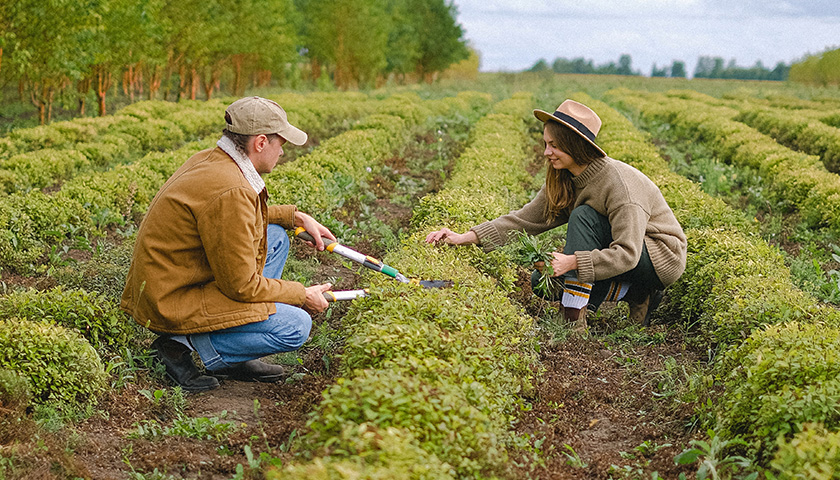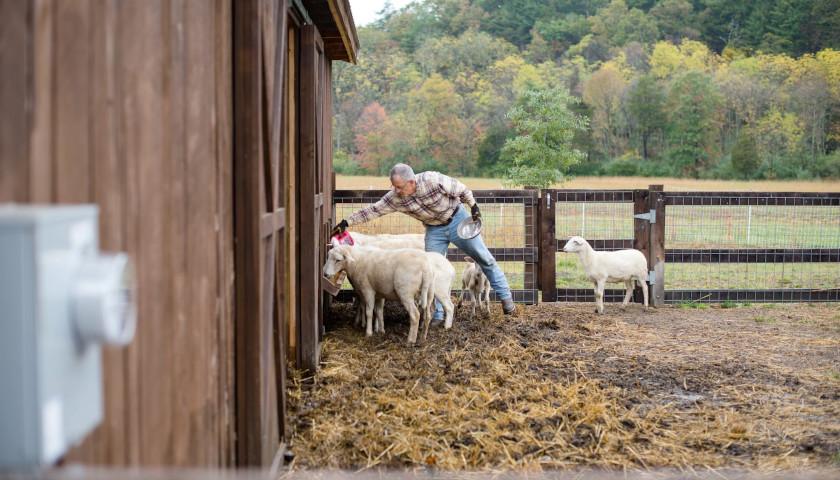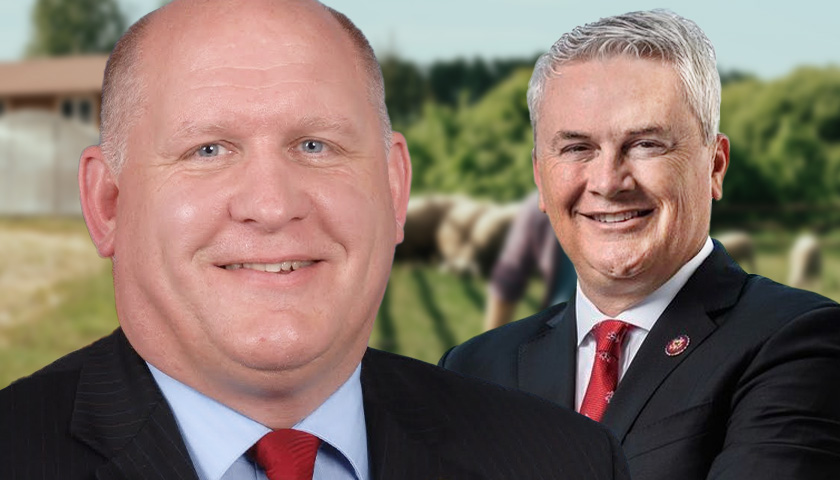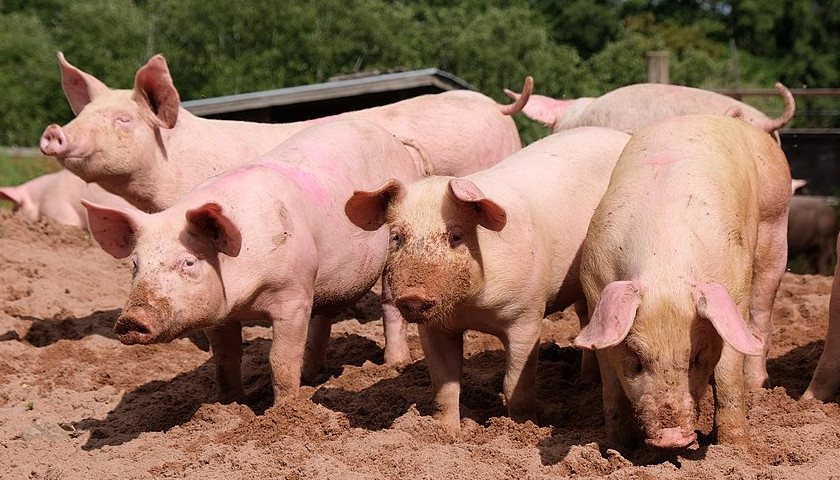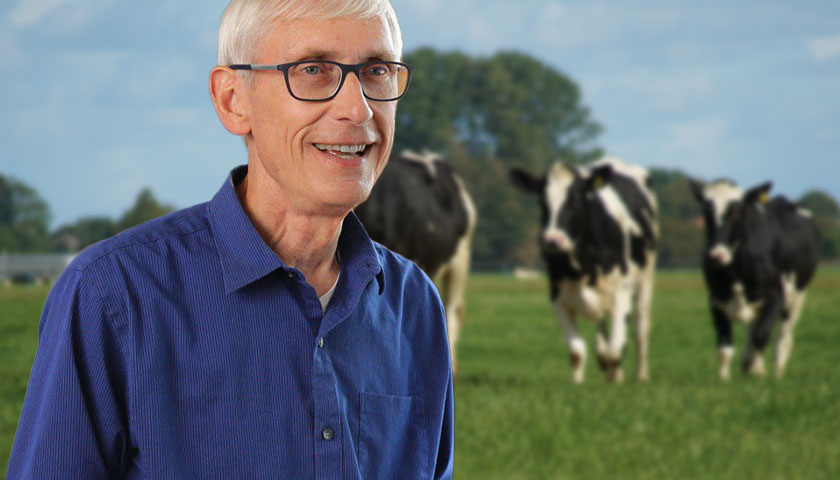by Joe Mueller
Research shows more farmers aren’t relying on the harvest to make ends meet, and the trend is changing the economic distance between rural and urban communities.
“I don’t want to paint this as challenge for agriculture,” Alan Spell, an assistant extension professor at the University of Missouri, said in an interview with The Center Square. “In many ways, it’s kind of the opposite. It’s just a story that hasn’t been told very much.”
Spell co-authored the report “The Importance of Off-Farm Income to the Agricultural Economy.” The research shows the growing interdependence of rural and urban economies over the decades. As productivity increased on the farm, farmers and other workers in rural areas began heading toward urban counties to work other jobs.
On average, 82% of farm household income is earned outside the farm. Spell said rural economic development programs would be more successful if they accounted for this trend.
“Farming is the ultimate story of productivity,” Spell said. “It’s become more and more productive where we just don’t need as many people on the farm as we did before. They can still get products to market, they just don’t need to spend all their time there.”
Spell’s research suggests governments need a better understanding of how rural communities are becoming increasingly connected to urban areas. While some government initiatives are well-intentioned, some federal programs can hinder policy efforts to support the communities. The report notes a U.S. Department of Agriculture Rural Development program awarding funding to rural areas based on various population thresholds.
“An internal program review found this created arbitrary barriers to regional strategies and perpetuated community isolation that often failed to acknowledge the urban-rural job and market connections,” the report said.
Agriculture remains vital to rural areas and is an important export industry. But Spell said the typical farmer often doesn’t make positive farm income and must rely on other income. Farmers often work in manufacturing and construction jobs, while spouses often work in retail or wholesale industries and health care. Younger farmers often rely on outside income to pay off loans taken out to grow their operations.
“On the flip side, if you think of the manufacturing plants, they rely on these workers because the labor force is always an issue,” Spell said. “It’s a symbiotic relationship. And my goal is to highlight how much there’s a reliance on each other. They play well together.”
Broadband internet is an economic necessity but not available in many rural areas. Missouri is planning to spend approximately $500 million to increase broadband connectivity in rural and urban areas.
“The lack of internet was a problem well before COVID,” Spell said. “It’s hard to get internet out to sparsely populated areas because, from the internet service provider’s perspective, it costs a lot more per household. So there’s a role there for programs to solve that. It really is a disadvantage if you’re not connected to the internet because you can’t buy goods or work remotely.”
– – –
Joe Mueller covers Missouri for The Center Square. After seven years of reporting for daily newspapers in Illinois and Missouri, he spent the next 30 years in public relations serving non-profit organizations and as a strategic communications consultant.
Photo “Farmers” by Anna Shvets.

